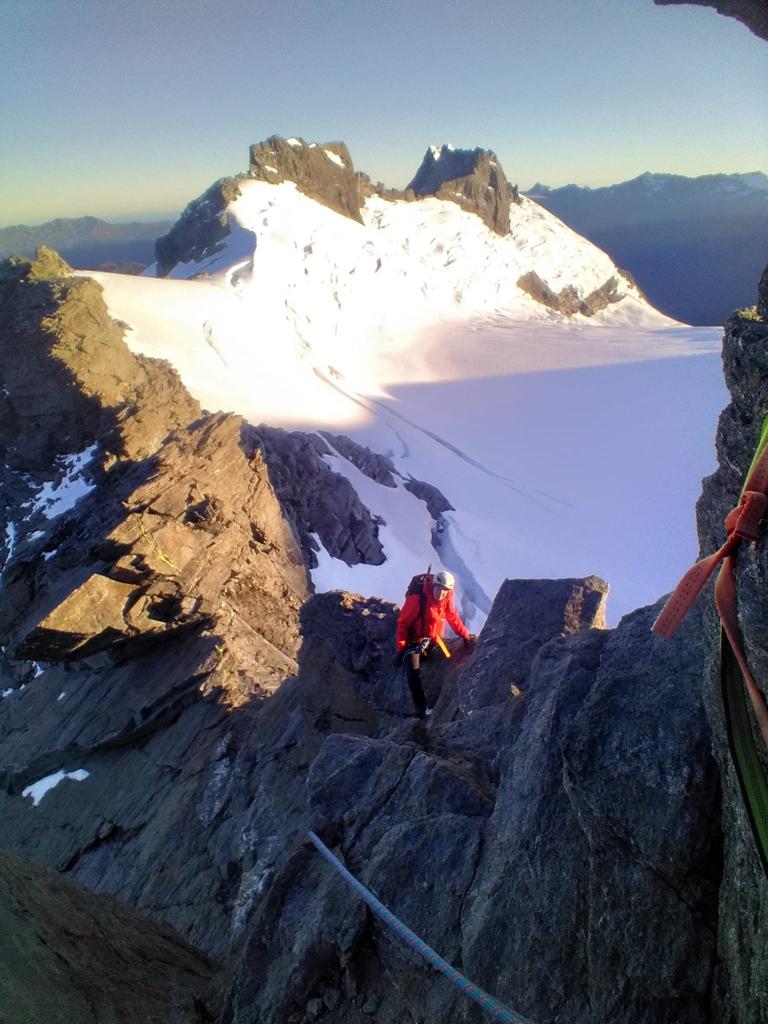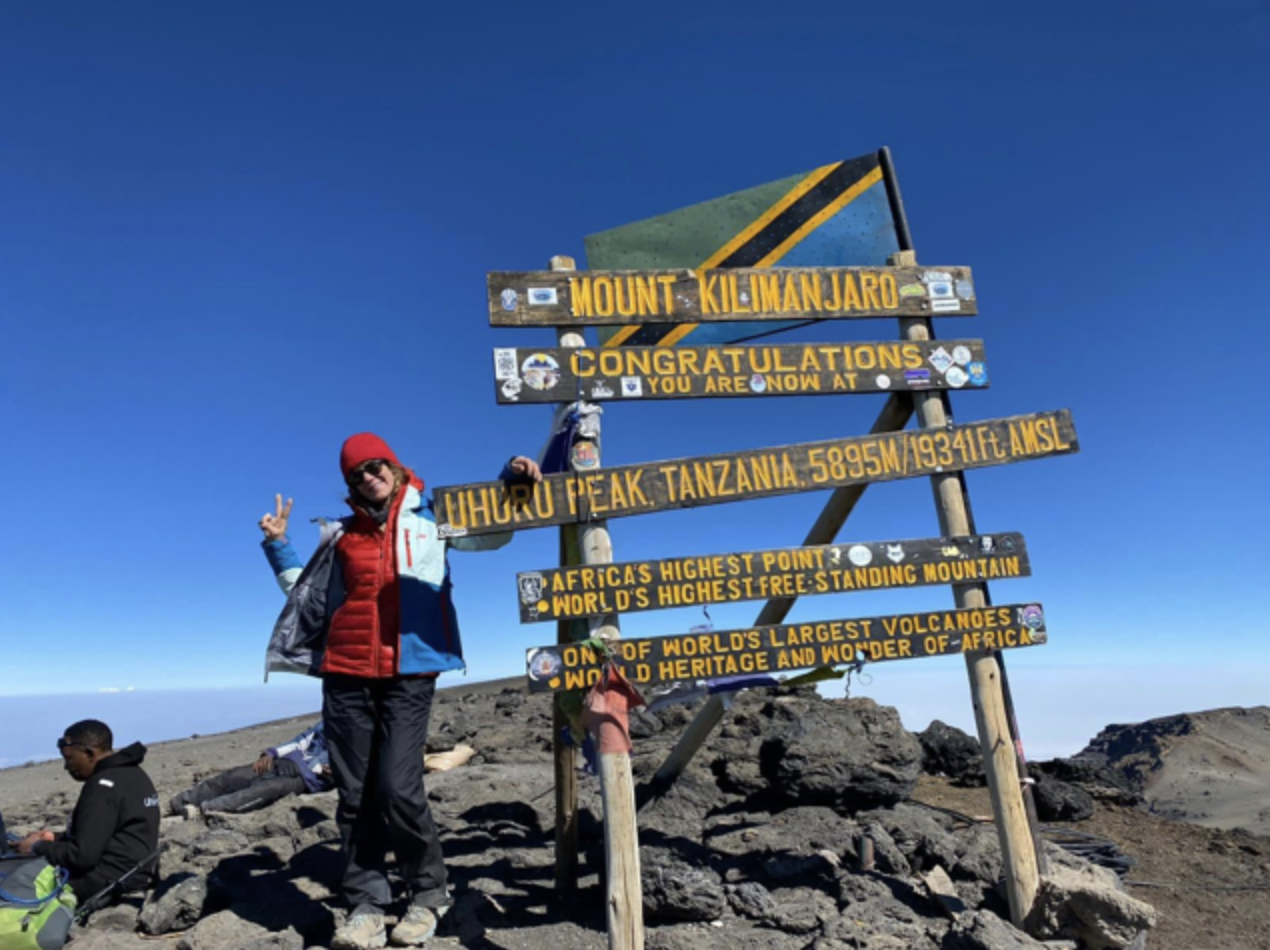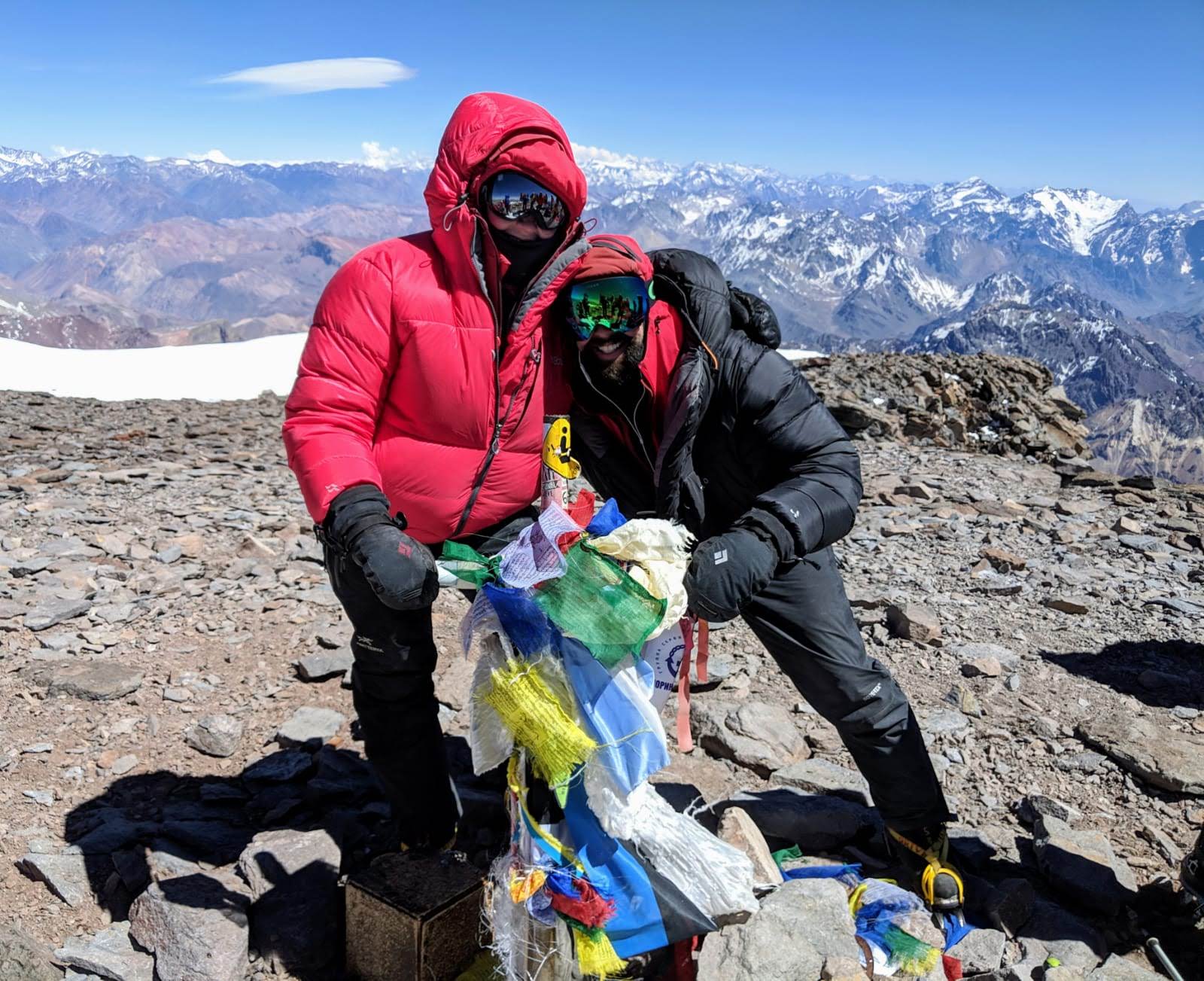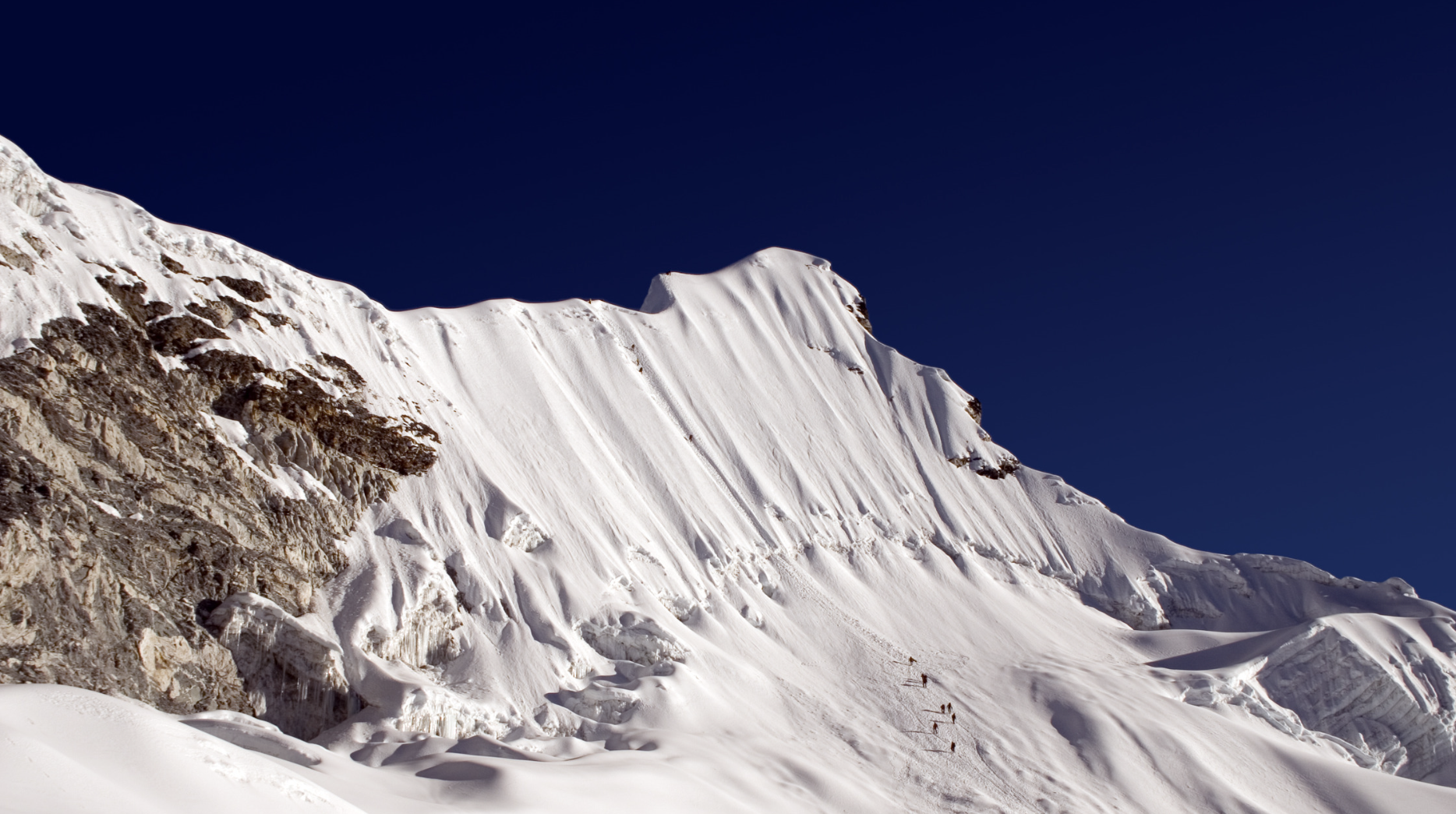Biomechanics was one of my favourite subjects at University while I was studying Sport Science. Human biomechanics is defined as the science of movement of the body, including how bones, tendons, ligaments and muscles work together in unison to perform a specific movement.
Thankfully this passion and life long curiosity lead me to study the biomechanics of the optimal mountaineering and trekking athlete. I spent several years conducting a private study of the high altitude professionals as well as performing several tests and theories on myself.
After some time and a lot of mistakes on my behalf, I managed to narrow down the exact biomechanics that a mountaineer or trekker needed to train, in order to perform at an optimal level on any adventure, to five essential training principles. They are:
- Ankle Mobility and Balance
- Aerobic Fitness
- Anaerobic Power
- Core Stability
- Leg and Glute Strength
Please note the above five training principles are not in order of importance. In my book “A Step-By-Step Manual To Mountaineering & Trekking Around The World” I cover these five crucial training principles in great detail, including examples, movement goals and the exact ratio that a Mountaineering & Trekking Training plan should be divided into within those five principles. That specific ratio is used in combination with my High Altitude Training Formula that I developed early in 2019. My formula essentially calculates the exact number of hours you should be training per week based on your current fitness levels and the adventure you have planned.
But as much as I’d love to share that info here, I have to remind myself of the people who have paid for my book and the information I share within it. So, if you would like to get the exact steps you need to creating your own Mountaineering & Trekking Training plan then you can find everything you need in my book, otherwise this blog will suffice in giving you a brief overview of those five training principles.
1. Ankle Mobility and Balance
You often cover uneven terrain on a mountaineering or trekking adventure which can make foot placement challenging and can lead to you tripping or falling. Including this principle into your training plan can be the difference between a sprained or twisted ankle and the end of your trip or the enjoyment of an accident free adventure. Of course, accidents happen but including this principle in your training plan will greatly reduce that chance.
Some example exercises of Ankle Mobility and Balance:
- Self Myofascial Release (SMR) of the calf muscle
- T-Stand with Hinge and Side Bend
- Single Leg Balance Exercises
- Calf Raisers (with your eyes closed)
- Single Leg Step Downs
2. Aerobic Fitness
Including this principle into your training will greatly improve your cardiovascular systems, which are essential to any mountaineering or trekking adventure. Aerobic refers to the metabolic pathway your body uses to perform a specific movement such as a brisk walk. Building your aerobic fitness will allow you to move at a certain speed without tiring, which is of course vital to an endurance based activity like mountaineering or trekking where you are walking for several hours at a time.
Some example exercises of Aerobic Fitness:
- Running
- Hill Walking
- Rowing
- Cycling
- Swimming
3. Anaerobic Power
Imagine this principle as the sibling of Aerobic Power. Like Aerobic, Anaerobic refers to the metabolic pathway your body uses to perform a specific movement such as a sudden 50m sprint. If there is a sudden rock fall, your body will use its anaerobic system to propel you out of the way. Most coaches would see this principle as a waste for mountaineering or trekking because it is generally seen as an endurance activity but if you were in danger and needed to leap out the way or sprint over to help a teammate, then you’d be very, very grateful for the time you spent training in this metabolic pathway.
Some example exercises of Anaerobic Power:
- Split Jumping Lunges
- Box Jumps
- Squat Jumps
- Hill Sprints
- Burpees (with a high jump)
4. Core Stability
Your core includes your abdominal muscles as well as your back muscles. Having a strong, stable and dynamic core will help you in every single movement you make on a mountain or trekking route as well as in your normal life. Your core is what connects your upper body with your lower body and having a well developed core allows your upper and lower body to move more efficiently and safely at sea level and at altitude.
Some example exercises of Core Stability:
- Front Plank
- Jacknife
- Leg Raises
- Swimming (Pilates exercise)
- Mountain Climbers (with a band around both feet)
5. Leg and Glute Strength
Did you know it takes close to 200 muscles to take one step? A lot of those 200 muscles are found in your legs and glutes. You will be taking thousands upon thousands of steps on your adventure and having strong leg and glute muscles will massively help you enjoy your journey and allow you to walk and climb for hours on end.
Some example exercises of Leg and Glute Strength:
- Step Ups
- Walking Lunges
- Squats (with varied foot positions)
- Side Lying Glute Exercises
- Wall Sits
Including these 5 training principles into your Mountaineering & Trekking Training plan is essential to your success and overall enjoyment on your adventure. Dedicate yourself to these 5 principles and you’ll reap the rewards by training your body to be in its optimal physical condition, capable of tackling even the most challenging mountaineering and trekking routes.
P.S. You can find more exercise inspiration specific to these 5 Essential Training Principles here – The 35 Best Exercises For Mountaineering & Trekking Training





